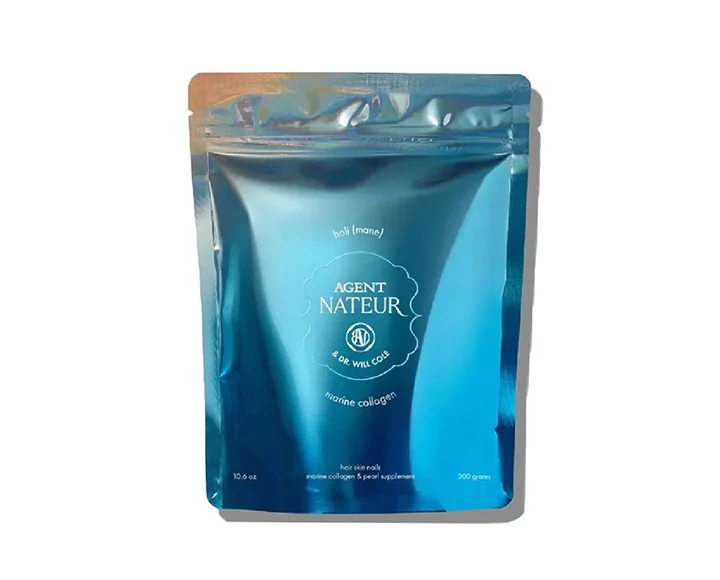TCM Classic — The world is turning its eyes to important topics like climate change and new ideas are emerging to help us all make a change. Regenerative agriculture is an important practice that could have a major positive impact on our food, our animals and our environment. Learn all about it with our interview here…
Better farming practices aren’t just about producing food without chemicals; regenerative agriculture is all about engaging in a process that actually gives back to the earth and leaves it in a better condition. Regain some hope for the future of the planet and learn all about regenerative agriculture — a traditional way of farming that pros like Cody Hopkins are pushing to bring back into action.
Cody is the founder of Grass Roots, a cooperative of family-run farms committed to the craft of small-batch farming. With supporters ranging from Bulletproof founder, Dave Asprey, to media maven, Arianna Huffington, Cody is on a mission to normalize this holistic approach.
Here’s everything you need to know to shop better and, in the process, support a food system that could change the planet…
What is regenerative agriculture?
Regenerative agriculture is an approach to farming which aims to give back to the earth and leave it in a better place. It builds soil, increases biodiversity, improves water cycles and sequesters carbon. It’s really a way of farming that was traditional — prior to industrialization — we call it going back to a new way of farming.
Every farmer in our cooperative does the following:
+ Never use pesticides that strip the land of microorganisms.
+ Use no-till planting techniques that keep root systems intact.
+ Plant a variety of grasses, including sorghum, which has deep roots systems that help build organic matter. This biodiversity benefits the ecosystem and ensures that all animals have a well-balanced diet.
+ Rotationally graze all animals. The cattle and chickens forage and fertilize in a symbiotic relationship that contributes to the productivity of the soil. They are moved over the land in strategic patterns, which include periods of intense multi-species grazing followed by long periods of rest. This process enhances fertility and ensures the land is not overworked.
How can regenerative agriculture help correct our biggest environmental issues?
Modern livestock farming, although noble in its intent, has unfortunately led to a situation where it’s bad for the environment, the farmer and, from a health point of view, the consumer. Globally, modern livestock farming is responsible for 14.5% of greenhouse gas (GHG) emissions. On the other hand, regenerative agriculture sequesters carbon in the soil and slows climate change, increase biodiversity, enriches the soil and improves waterways. In addition, the products from regenerative agriculture are richer in nutrients and never contain added hormones, antibiotics or pesticides.
Regenerative agriculture also works with the seasons, meaning more meat is produced during the warmer months and stored for the cooler months. Raising whole animals also means that some cuts are more plentiful than others, and pricing reflects this. It’s a more responsible way of consuming meat — and we believe holds the key to climate change, human health and securing farming as a viable way of life for the future.
How does RA fit it into the concepts of of grass-fed meats and organic produce?
People know that grass-fed meats are better for them, but the grass and soil animals are grazing on is just as important. That is where RA practices play a vital role. By using these practices we are enriching the soil and in turn producing more nutrient-dense foods.
Pasture-raised is something we advocate. Chickens, turkey and hogs are omnivores, meaning they don’t eat only grass. Pasture raising means animals outside, moved daily to fresh pasture. It’s also important to note that outdoors means on fresh pasture, and not just an indoor chicken house with a door in the side giving them outside access.
Who are the leaders in this space? How do we get more farmers and ranchers educated and incentivized to do business this way?
Joel Salatin really is the father of this movement and responsible for mentoring people globally about the message. There are others who are really strong in promoting this as well. Kiss the Ground is an amazing advocacy and education operation that helps get the message out. Browns Ranch has been and continues to be a pioneering innovative farm in this area and Heifer USA is a huge supporter of regenerative agriculture mentoring and supporting farmers like Grass Roots in all aspects from education to financial support.
Talk to us about your co-op...
Our cooperative consists of farmers across the country who are practicing regenerative agriculture and follow our ridiculously high standards. From pasture to plate, our farmer-owned cooperative handles every step of the process by managing land in a sustainable way, raising healthier and happier animals and hands-on craft processing. And we’re committed to paying everyone in our value chain a living wage. We pride ourselves on quality over quantity. Our animals are raised happily in micro broods and herds. At this scale, we can ensure their quality of life. Our farmers have eyes on every animal every single day.
We also believe in complete transparency. You have the right to know where your food is coming from, which is why we introduced consumer-facing blockchain technology. Every single package of meat you order has a code on it that tells you what farmer, pasture, feed and processor it came from. Consumers can order directly from our website: Grass Roots. We ship all over the country.
How can interested consumers shop and eat this way?
Living sustainably can include eating meat, if sourced from farms you can trust. Finding and supporting your local farmers who are raising meat in a sustainable and healthy way is the first step. Many people live in areas where it just isn’t possible to work with local farmers — and that is where we come in. We have farms across the country and we are always adding more, so we make it easy to source the healthiest and highest quality meat for you and your family.
Any great resources you recommend?
Anything by Joel Salatin is highly recommended and he has published widely. From a health and nutrition perspective, the Weston A. Price Foundation is a fantastic source, as is Dr. Mercola and Dave Asprey.













